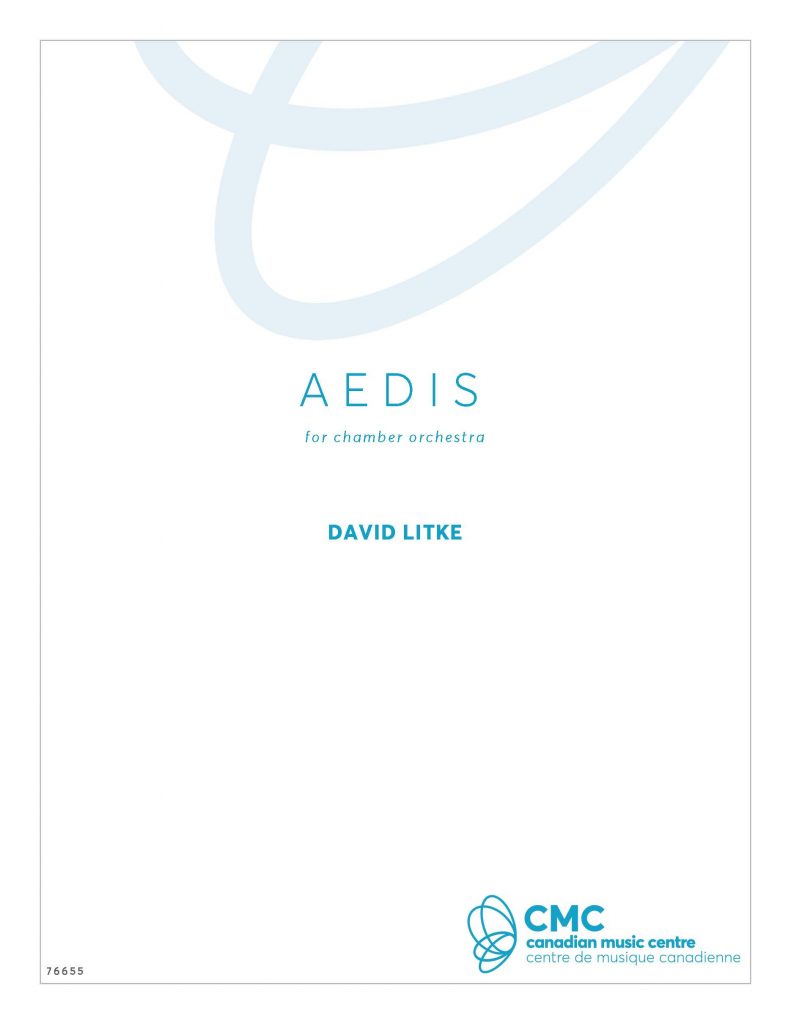Aedis for chamber orchestra was composed as a reflection on the cyclical patterns of development found in human societies, as empires, institutions, and ideologies are built up, reach their apex, and eventually collapse. The title “Aedis” is one of the Latin roots of the word “ediface”; while the latter suggests strength and permanence, the fate of the Roman empire and its Latin language have come to symbolize the transience of our cultural constructions. In this piece, solo lines initiate new ideas, inciting other members of the group to take up these materials and develop them by building up complex textures. The process culminates as the individual elements coalesce into large chords and regular pulses; this state of stability is fleeting, however, as these solid structures fracture and dissolve into fragile textures built upon the traces and fragments of the preceding material. Ultimately, I feel that the piece is an optimistic one, since such cyclical progressions generate opportunities for renewal, as the remnants of each collapse provide the soil from which new ideas can grow.

